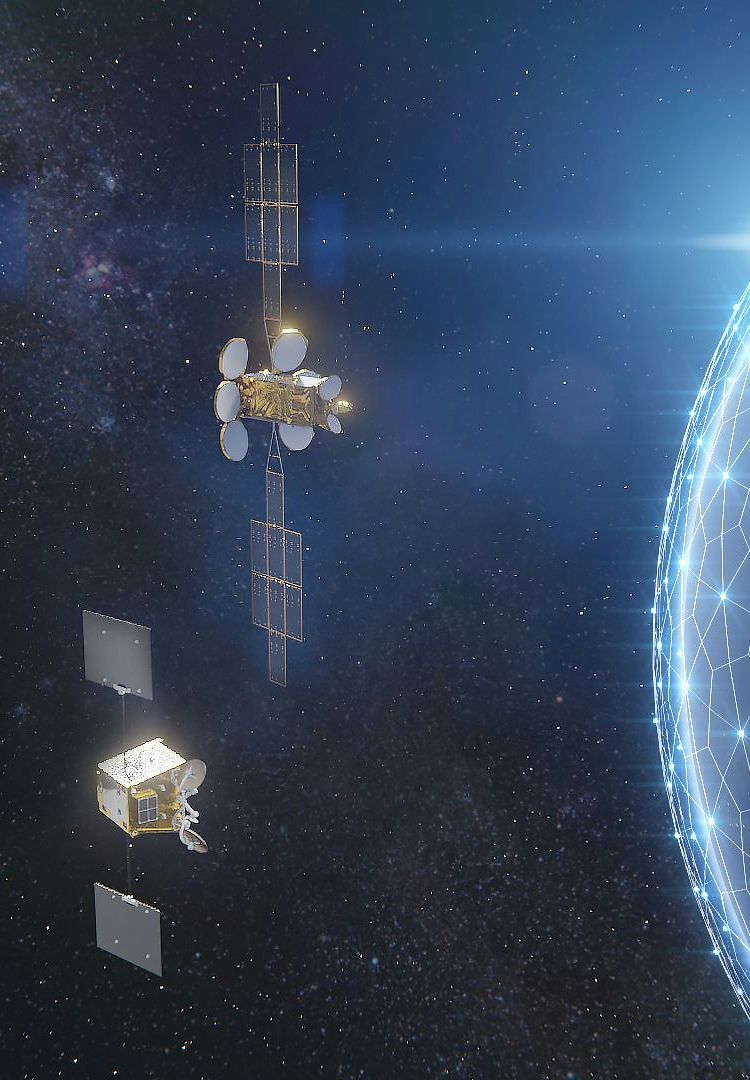Space based network infrastructure will very soon complement the 5G terrestrial mobile networks that are currently being deployed. This will lead to satellite communications becoming an integrated and indispensable part of the global telecommunications ecosystem with the potential to grow existing market segments such as backhauling and to expand into new areas such as hybrid networks and the Internet of Things (IoT). The use of satellites will strongly contribute to the United Nations Sustainable Development Goals for a better society and sustainable growth across industrial sectors.
Airbus Defence and Space and its partners Fraunhofer IIS, Fraunhofer FOKUS, Bundeswehr University Munich and Eurescom GmbH, recently kicked-off a project to study the delivery of standards based on 5G and beyond 5G communication services over a space-based infrastructure.
The study, which is funded by the European Space Agency (ESA) - Directorate of Telecommunications and Integrated Applications (TIA), will propose a comprehensive vision of how a 5G and beyond-5G space-based infrastructure can provide services for consumers and industries that deliver performance, reliability, resilience and security. The consortium will propose a non-terrestrial network (NTN) infrastructure and deployment scenarios to deliver advanced communication services in a timely and cost-efficient manner. In addition, it will focus on the preparation of a future satcom technology roadmap in line with the emerging 6G concepts in order for an NTN to play an even greater role in offering global connectivity.
The key objectives of the study are:
- To consolidate requirements to support a variety of industries and consumers, in agreement with industry stakeholders and regulators
- To define services that support these market segments over the mid (2025) and long term (beyond 2030)
- To define overall system architecture and its components
- To define system convergence and integration with 5G and beyond 5G terrestrial networks, considering relevant standards such as 3rd Generation Partnership Project
- To elaborate roadmaps in support of the development, validation, and implementation of the proposed architecture and its components, including necessary research
- To establish recommendations for financing mechanisms with valid procurement and deployment models for the realisation of the proposed infrastructure.
The study is due for completion by mid-2022 and will produce a position paper describing the main findings of the study. Particular focus will be on proposing concepts for 5G space-based infrastructure and recommendations for technology and demonstration roadmaps as well as associated deployment and procurement models.
